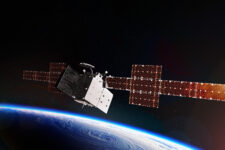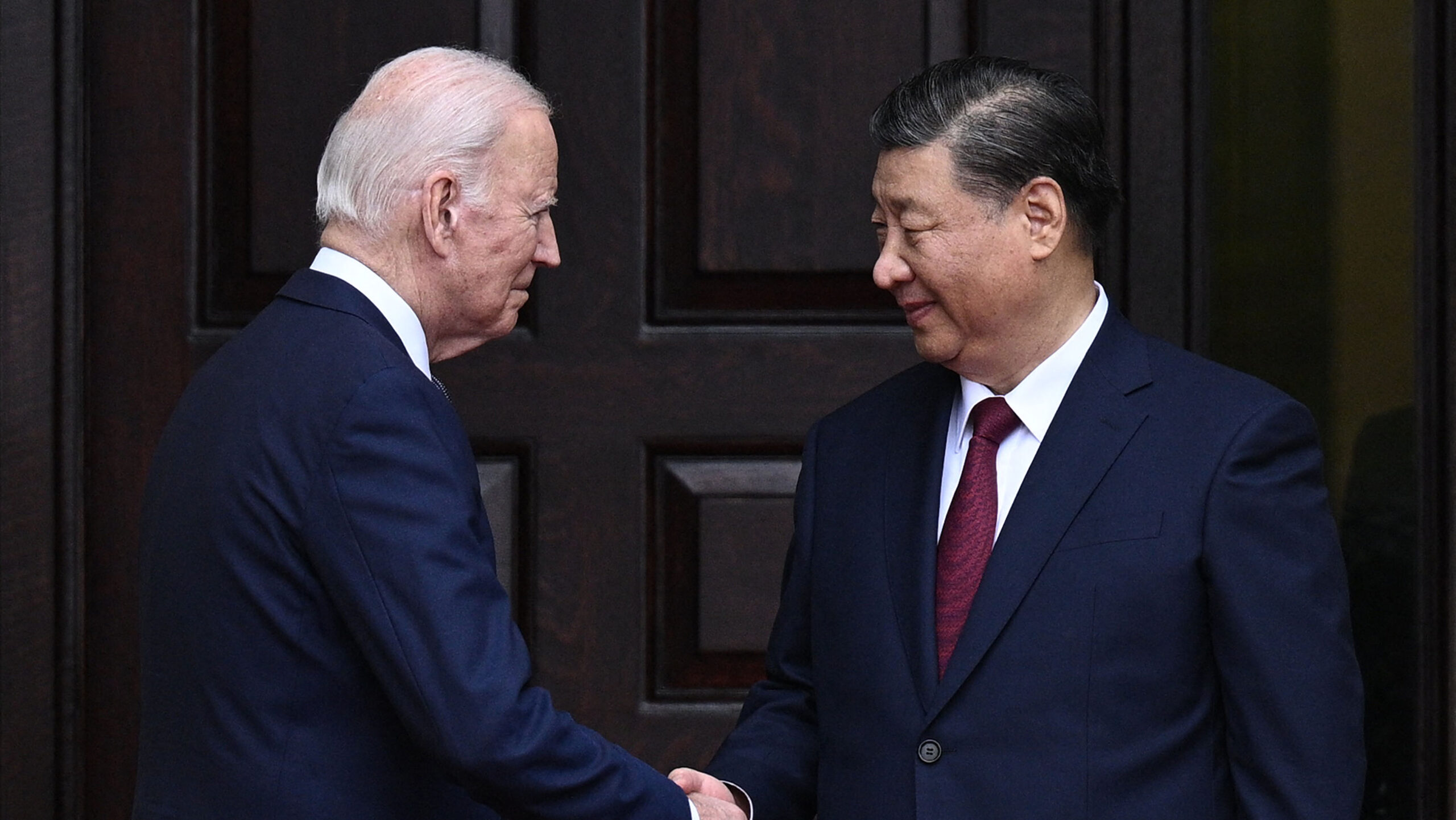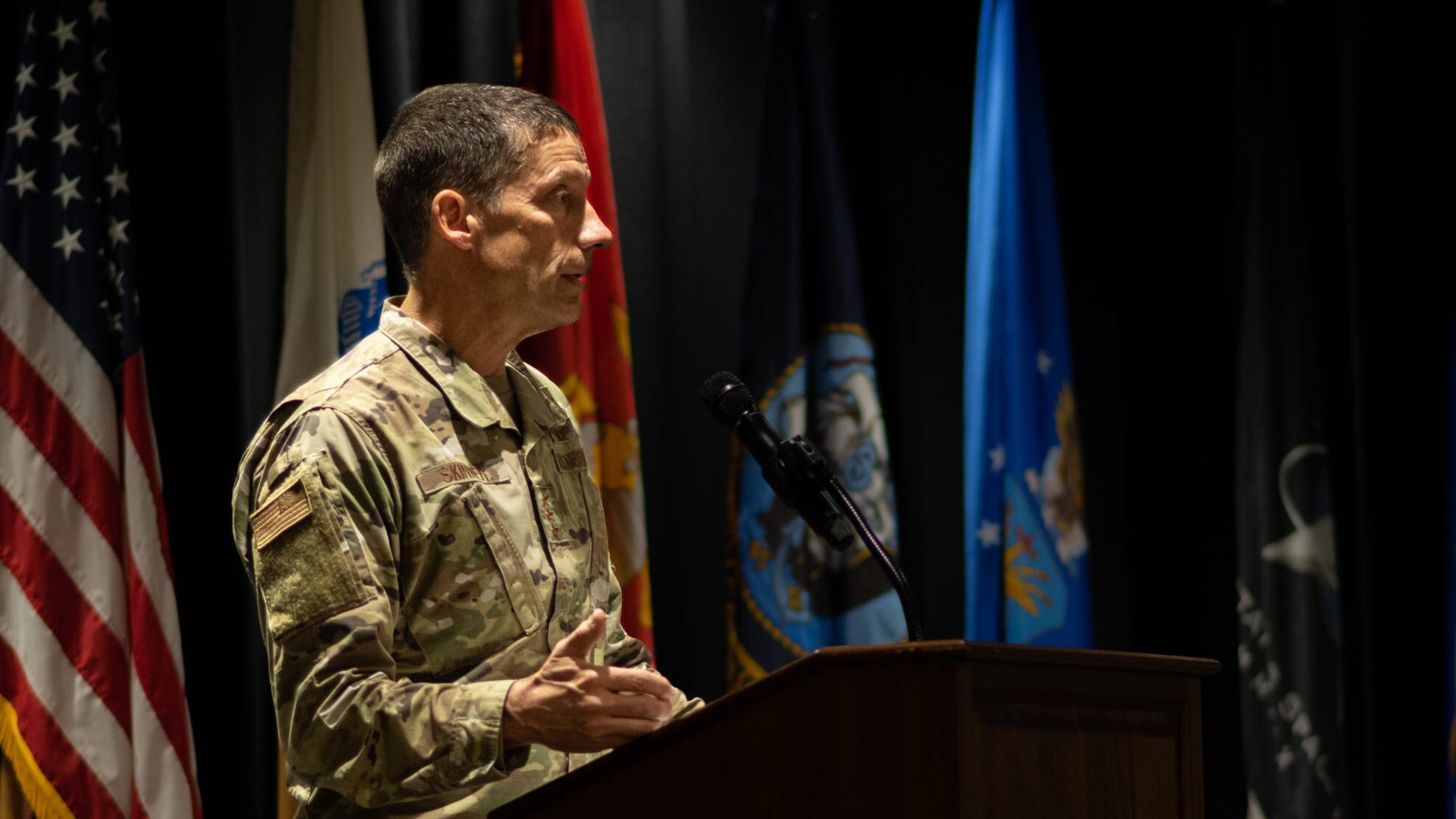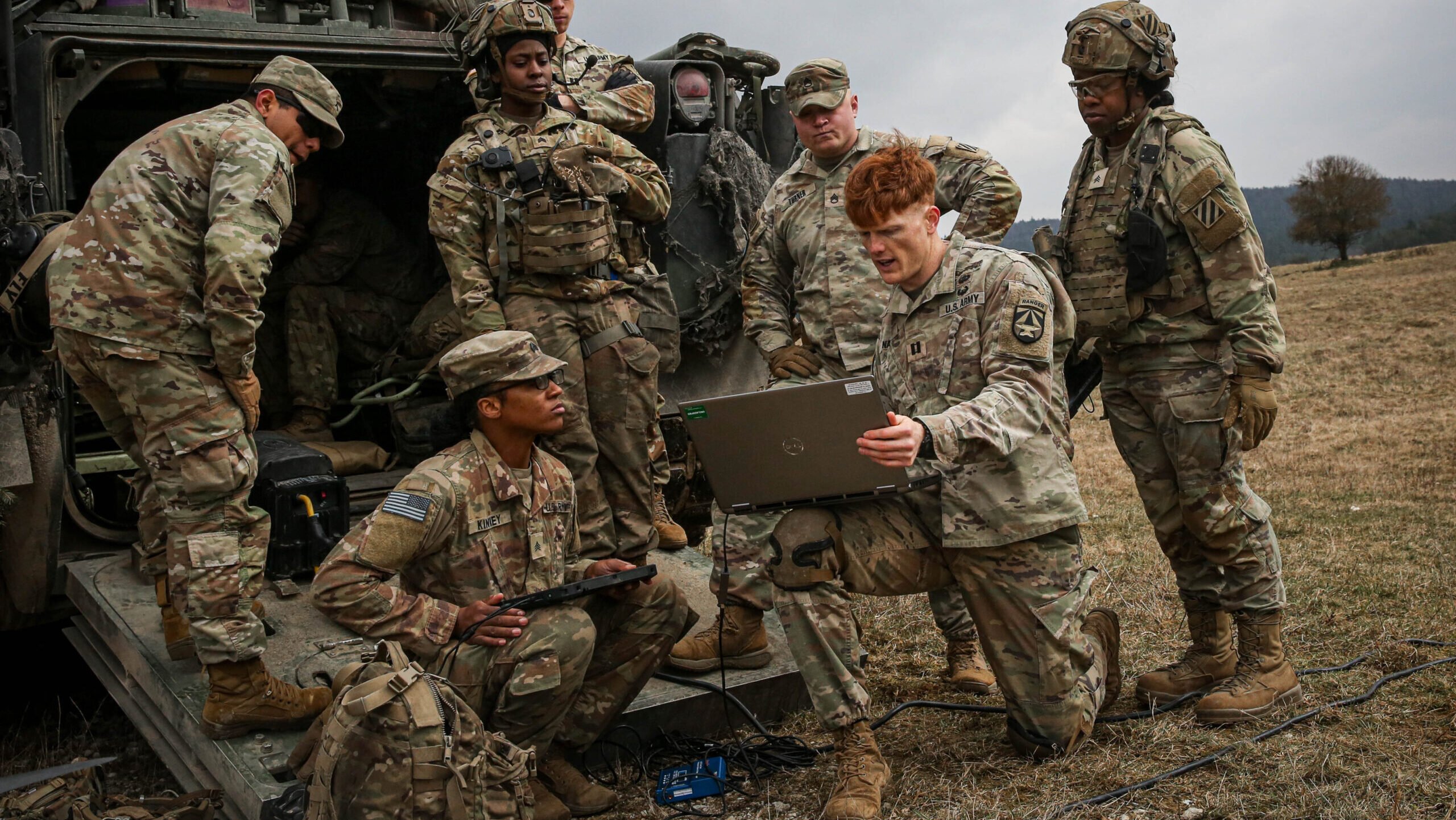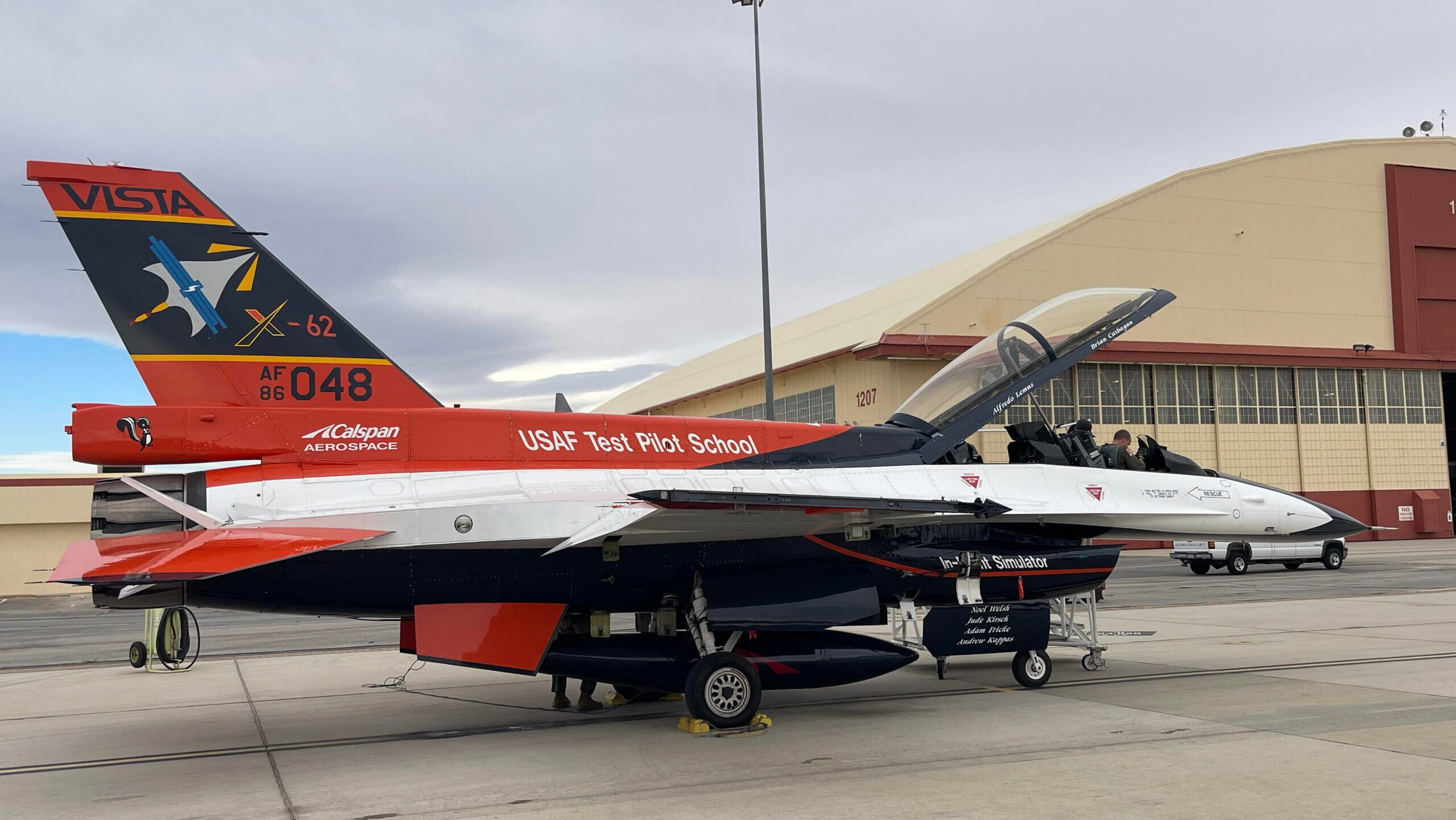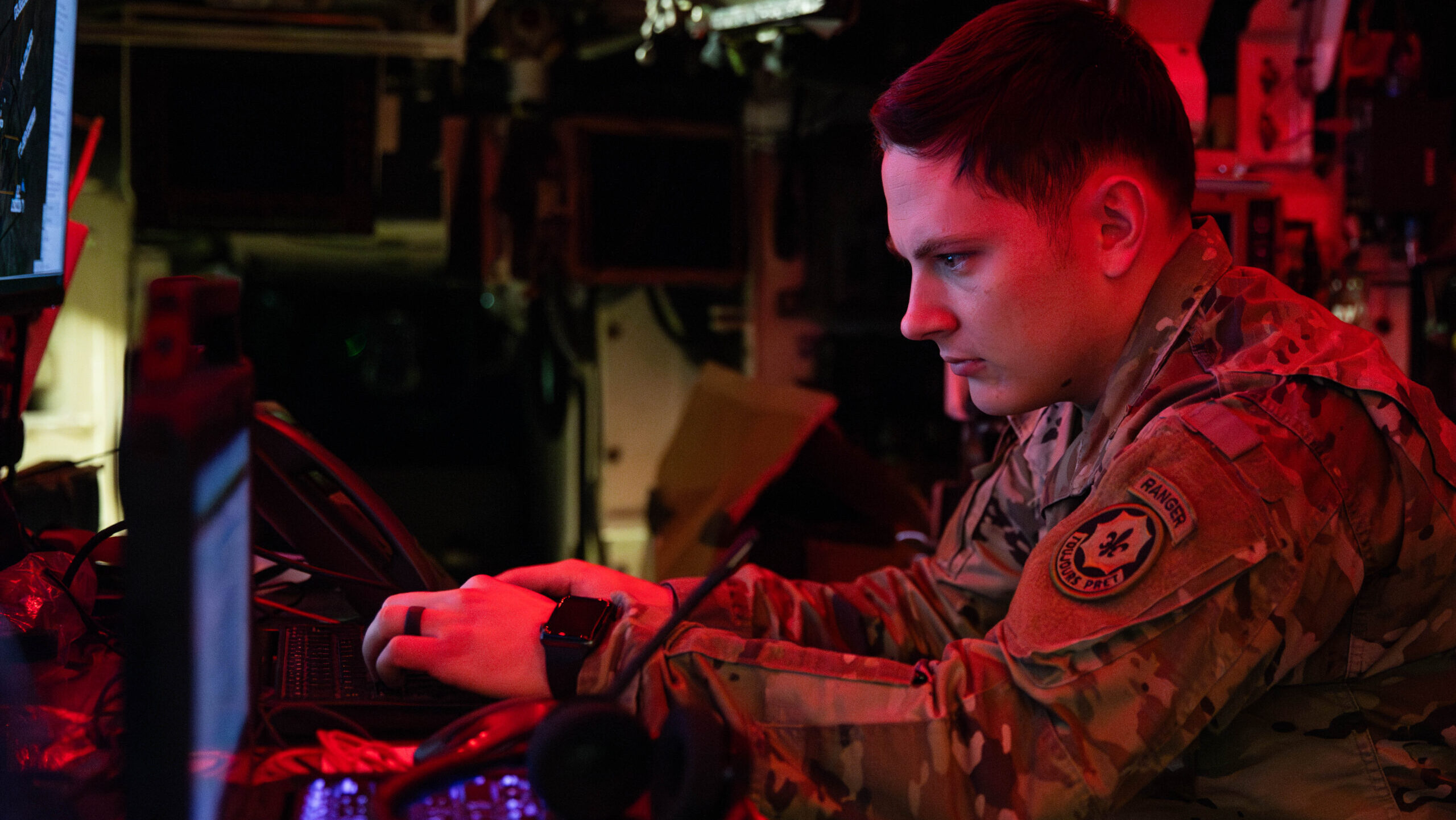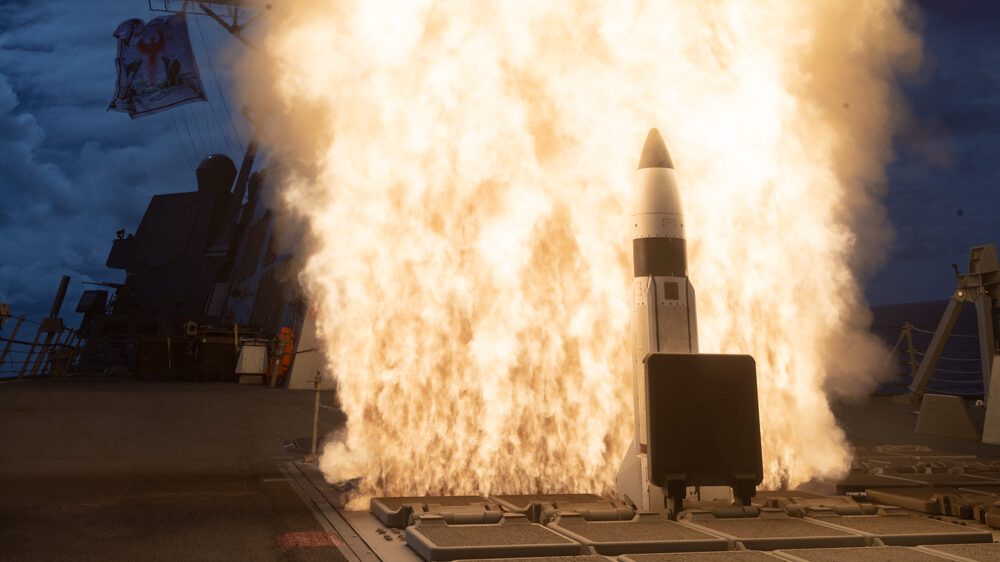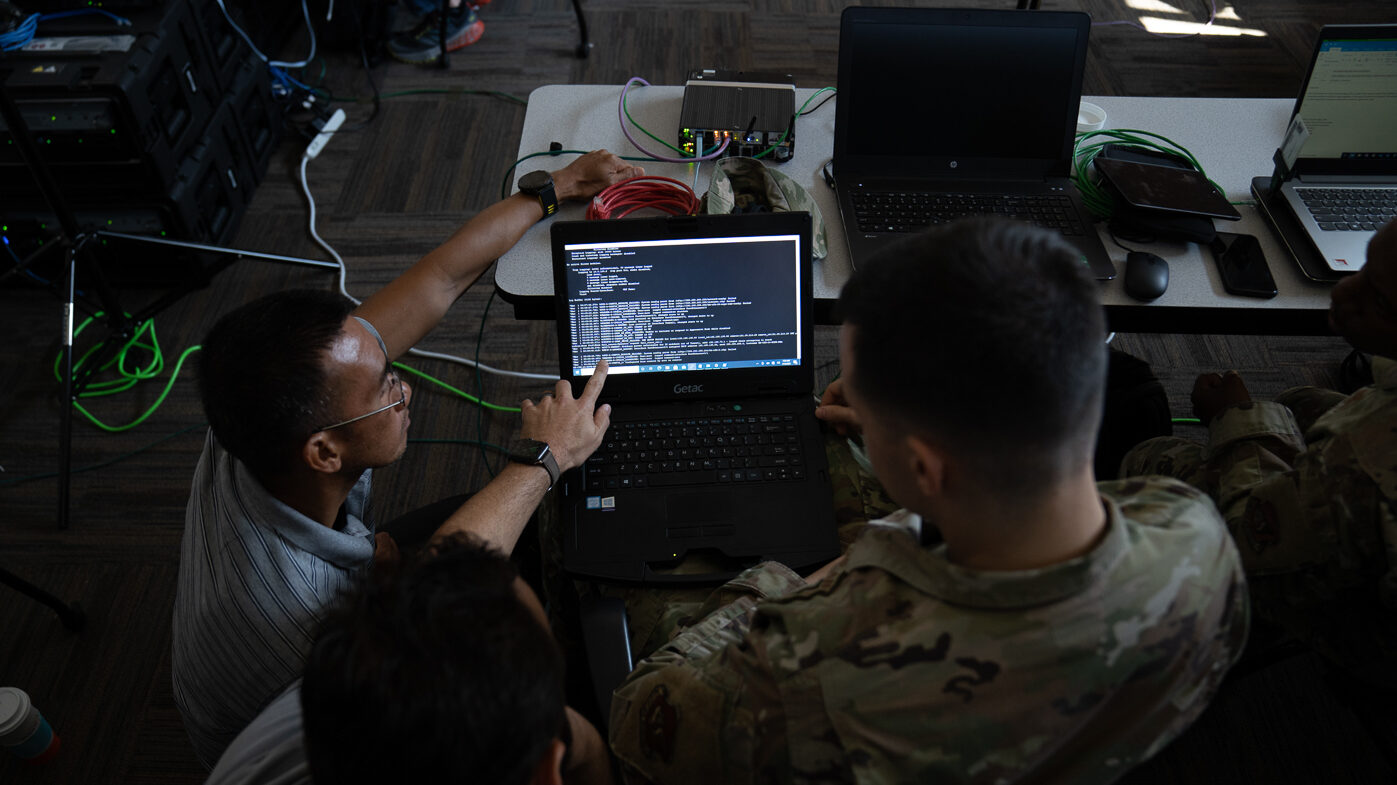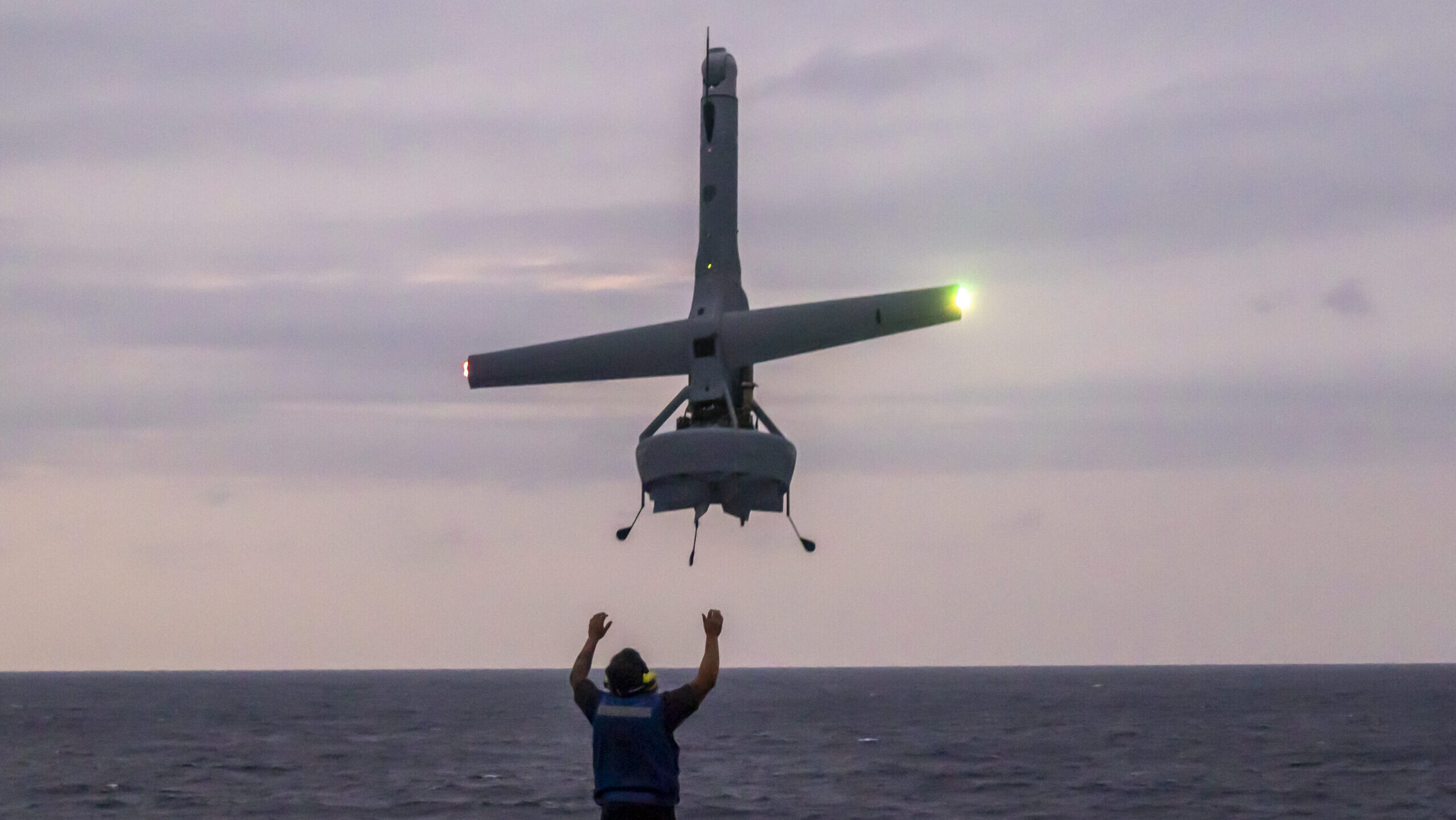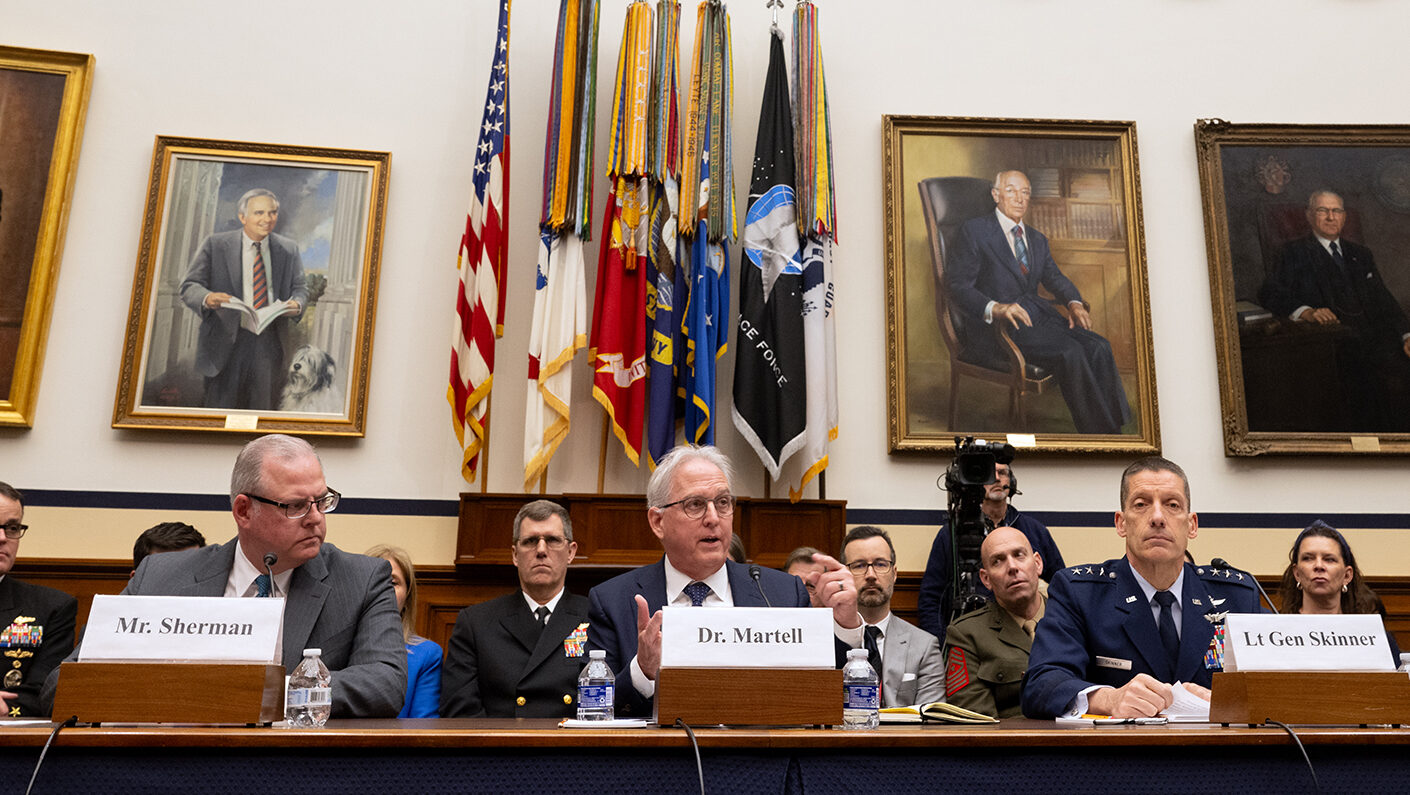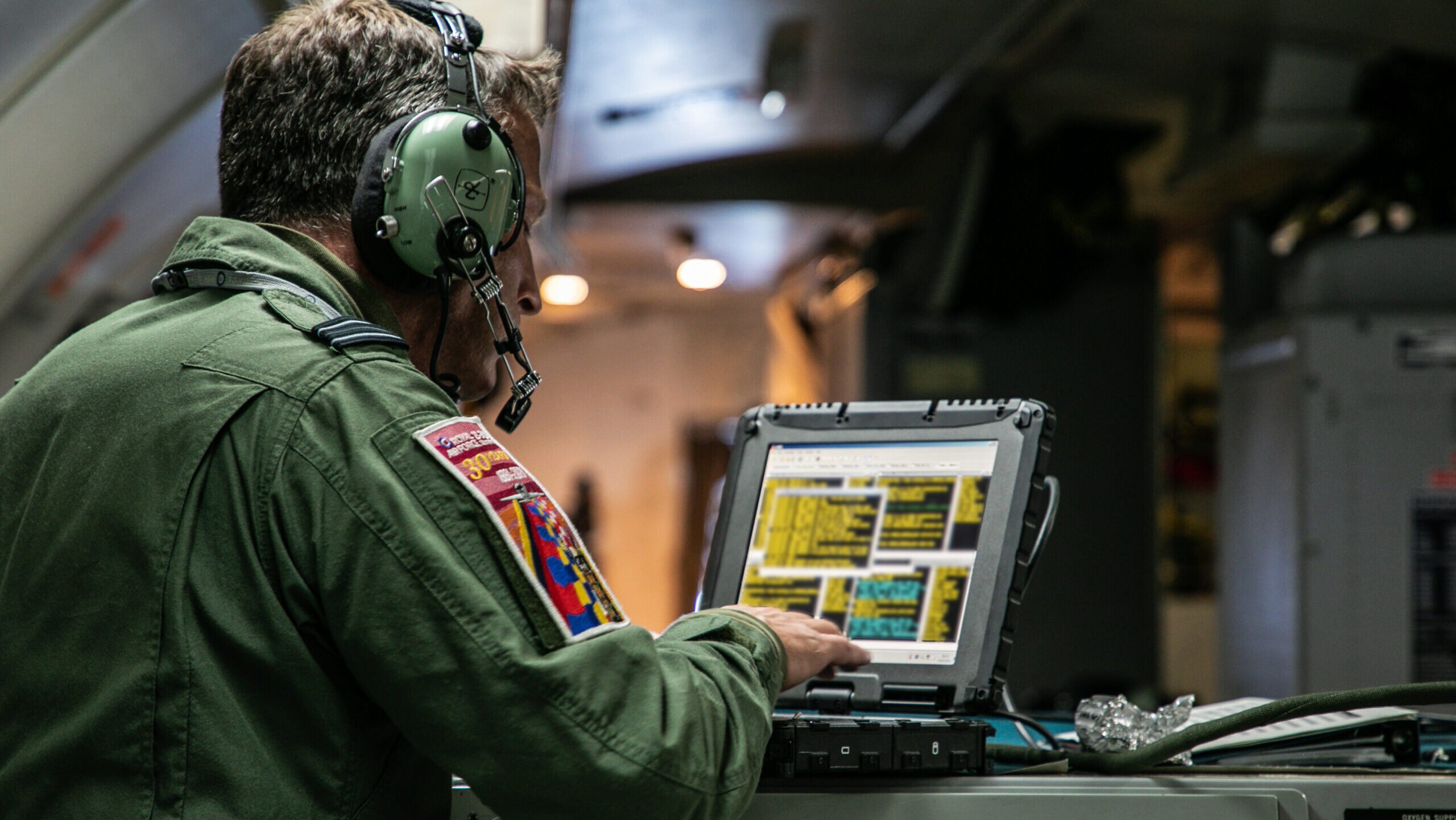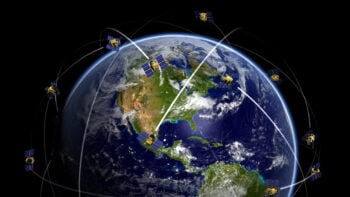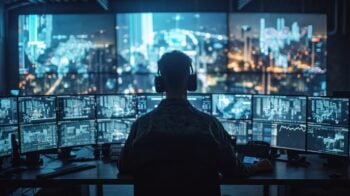
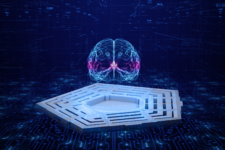
AI is driving a tsunami of private-sector open-source intelligence. Now the federal Intelligence Community just has to figure out how to ride the wave.
By Sydney J. Freedberg Jr.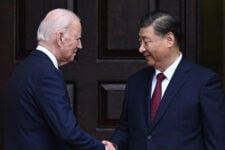
Mid-level officials from the NSC and State Department will lead the talks, which follow on Xi-Biden summit last November. No public joint statement is expected, let alone a formal agreement.
By Sydney J. Freedberg Jr.
“How are we going to reduce civilian deaths to the smallest amount humanly possible?” asked Palantir’s Alex Karp this week. “That is a tech problem.”
By Sydney J. Freedberg Jr.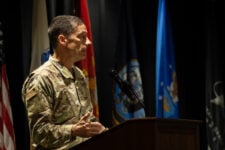
The Defense Department wants to explore Large Language Models for everything from paperwork to war plans – without being misled by hallucinations or having sensitive information sucked up by commercial LLMs hungry for training data.
By Sydney J. Freedberg Jr.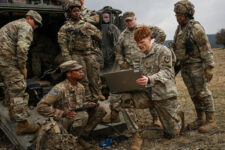
Instead of demanding an exhaustive “AI Bill of Materials.” the Army will only ask contractors for a “baseball card” of key stats on their AI — while building up its in-house capacity to check for bad code or “poisoned” data.
By Sydney J. Freedberg Jr.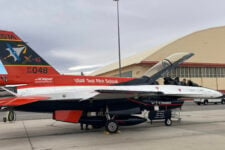
“The potential for machine learning in aviation, whether military or civil, is enormous,” said Air Force Col. James Valpiani. “And these fundamental questions of how do we do it, how do we do it safely, how do we train them, are the questions that we are trying to get after.”
By Michael Marrow
“Any commercial LLM that is out there, that is learning from the internet, is poisoned today,” Jennifer Swanson said, “but our main concern [is] those algorithms that are going to be informing battlefield decisions.”
By Sydney J. Freedberg Jr.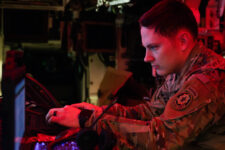
The service’s new policy empowers “mission area data officers” for warfighting, intelligence, business operations, and enterprise IT, as well as institutionalizing what have been “ad hoc” data duties across the service, David Markowitz told Breaking Defense.
By Sydney J. Freedberg Jr.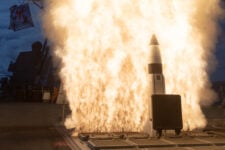
With a max value of $4.1 billion over five to 10 years, the C2BMC-Next contract will upgrade the global missile defense system to tap new satellite feeds, track hypersonic and cruise missiles, and employ AI — all potential building blocks of a future CJADC2 meta-network.
By Sydney J. Freedberg Jr.
Two US officials exclusively tell Breaking Defense the details of new international “working groups” that are the next step in Washington’s campaign for ethical and safety standards for military AI and automation – without prohibiting their use entirely.
By Sydney J. Freedberg Jr.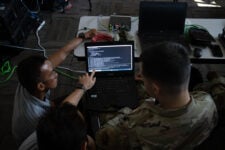
“For certain use cases, it’s proving to have a lot of value,” said Col. Matt “Nomad” Strohmeyer. “It’s not this panacea, but it’s also not this Pandora’s box of evil. It’s somewhere in between.”
By Sydney J. Freedberg Jr.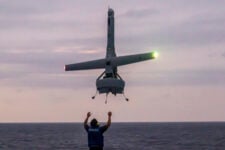
Even if China doesn’t agree to or abide by new “confidence-building measures,” CNAS scholar Tom Shugart says, the US and its allies should adopt them unilaterally to reduce the risk of accidents or worse in the West Pacific.
By Sydney J. Freedberg Jr.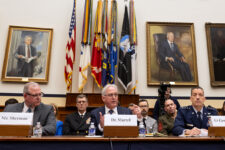
With AI hype outrunning reality, DoD AI chief Craig Martell told lawmakers his office is “building what we’re calling a maturity model” to assess what generative AI really can and cannot do.
By Sydney J. Freedberg Jr.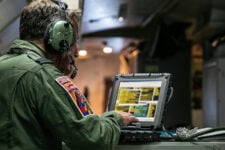
James Cartlidge also described a tweak to the acquisition process for high-tech platforms that allow military tech experts to play “failsafe watchdog.”
By Tim Martin









